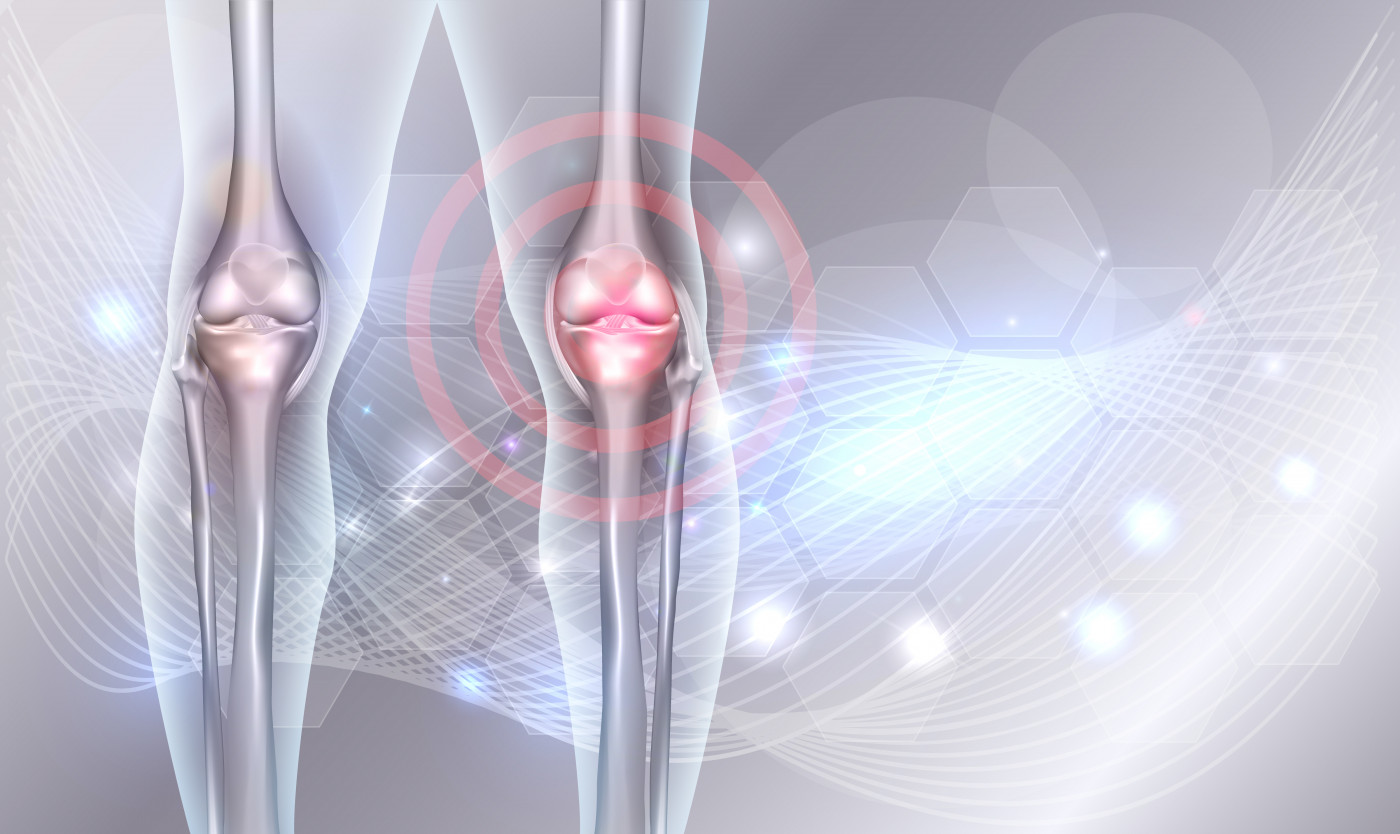COPD Patients at Greater Risk of Fractures and Osteoporosis Than Those with Other Diseases, UK Study Finds

Patients with chronic obstructive pulmonary disease (COPD) are more susceptible to bone fractures and osteoporosis than those of the same age and sex without this disease, a study reports.
The findings were published in the journal BMJ Open, in the article “Predicting fracture risk in patients with chronic obstructive pulmonary disease: a UK-based population-based cohort study.”
Osteoporosis, in which bones become gradually thinner and prone to fractures, is a common comorbidity in COPD patients with mild to severe forms of the disease.
“The Global Initiative for COPD (GOLD) strategy recommends that osteoporosis co-existence should be considered in COPD, and that the U.K. National Institute for Health and Care Excellence (NICE) Guidelines on osteoporosis considers COPD as a secondary cause of osteoporosis encouraging the use of fracture prediction tools,” the investigators wrote.
However, to date, no study had analyzed the full extent of bone fracture risk associated with COPD.
A group led by researchers at the University of Nottingham set out to investigate the incidence of hip fractures and all major osteoporotic fractures (MOF), as well as the prevalence of osteoporosis in patients with and without COPD.
The cohort-based study gathered medical records on 80,874 people with COPD, and 308,999 other patients with different diseases that had been stored at The Health Improvement Network (THIN), a large anonymized database containing electronic records representing approximately 6.2% of the entire U.K. population, from 2004 through 2015. All were age 40 or older; diseases in the non-COPD group were not specified.
Clinical data, demographics, medication use, incidence of osteoporosis, history of falls, and bone fractures were analyzed in all patients. Hip fractures and all major fractures (including hip, lower and upper arm bones, and vertebrae fractures) were assessed.
Two different fracture risk prediction tools — the FRAX and the QFracture tools — were used to estimate the risk of fractures in COPD patients.
Results showed that COPD patients had a higher prevalence of osteoporosis compared to non-COPD patients, 5.7% versus 3.9% respectively.
People with COPD also had an increased risk of both hip fractures alone (1.67 times higher) and all major osteoporotic fractures (1.60 times higher) than other patients.
Both FRAX and QFracture tools had a similar discriminatory accuracy for hip fractures (76.1%) in COPD patients. However, FRAX had a slightly better accuracy for MOF fractures (71.4%) compared to QFracture (61.4%).
According to FRAX scores, 29,035 (40%) COPD patients had a risk equal or greater than 3% of experiencing a hip fracture, while 6,221 (8.6%) had a risk equal or higher than 20% of any MOF. QFracture scores led to similar results, with 33,065 (45.6%) at 3% or greater risk of hip fractures and 9,546 (13.2%) at 20% or greater risk of any major osteoporotic fracture.
As such, the researchers reported “an increased risk of fractures and osteoporosis,” which could be attributed to several factors, including the use of oral corticosteroids, patients’ body mass index (BMI), physical activity levels, and smoking habits.
“The identification with a systematic assessment of bone health and addressing prevention and treatment of those at a greater risk of fracture have the potential to improve outcomes for patients with COPD,” the researchers concluded, adding that tools like FRAX can help in identifying COPD patients at high risk of fracture.






